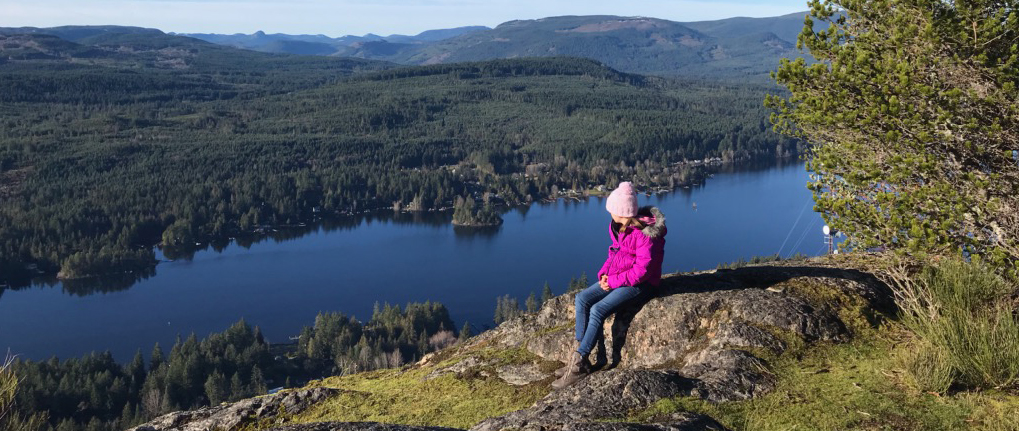Around the world, people are reflecting on how we can prioritize our health and well-being and create resilient communities. COVID-19 has drastically altered our world, both due to lessons learned directly from the pandemic and by exposing underlying truths about our society.
Before COVID-19, British Columbians were already struggling with high levels of inequality and the affordability crisis. The housing crisis in urban centres has pushed people out and created long commutes for workers. This takes crucial time away from people that they could be investing in things like their health and wellbeing, spending time with their families, and contributing to their communities.
The crisis also reveals our opportunity to build a stronger province. COVID-19 has required us to stay closer to home. People are rediscovering their neighbourhoods, walking and cycling instead of driving, and spending more time recreating in public parks. Cities are creating more public spaces for social distancing while facilitating a high quality of life. Expanding the ability to walk and cycle and creating more public spaces will help people stay healthy and connected to their communities.
Sonia has a proven track record of bringing people together to bring projects from ideas to reality, with a focus on creating livable communities. When Sonia was elected as Area Director for Shawnigan Lake in 2015, she worked with Shawnigan community members and groups to organize a two-day community gathering that included non-profit planners to help co-create a vision for a community greenspace at Elsie Miles Park.
Sonia’s commitment to creating a livable community continued as she worked with the Shawnigan community to have Mt Baldy purchased and protected as a CVRD park, ensuring residents and visitors access to the 100 hectares of nature that also provides critical watershed services. Sonia had already worked with the community to create a Trails Team, which went to work with the Parks Commission and CVRD to ensure the new park would have a formal hiking and walking trail network so that people could access the natural habitat of the area while protecting fragile plants and sensitive ecosystems.

As a CVRD director, Sonia worked to bring people and groups together to design and construct a timber frame pavilion at Elsie Miles Park. This created a communal gathering space for all to enjoy, safe from the elements, so that her community could come together to enjoy art, music, and celebrate in all weathers.
As an avid cyclist and walker, Sonia knows that with more pathways, people can feel safe engaging in active transportation. Having room for pedestrians, cyclists, strollers, and wheelchairs encourages people to stay out of single occupancy vehicles in favour of forms of transportation with health and emissions benefits. This particularly impacts younger British Columbians, who actually prefer other modes of transportation if they are available and embrace forms like transit, cycling, and walking.
Encouraging more livable communities will also enable us to meet our emissions targets while improving quality of life for British Columbians. When people spend less time commuting in their cars, they can instead spend it with their friends and families and on their personal health and wellness.
As Leader of the BC Greens, Sonia will encourage the province to consult with local governments to determine how we can support the creation of more livable communities, such as by developing infrastructure for walkable neighbourhoods, complete communities, connected communities, and healthy community design. Things like bike lanes, parks, community spaces, and pedestrian-only streets will build more resilient communities and make future crises more manageable.
We have a huge opportunity to reimagine what we want our communities to look like. For Sonia, that means making them safer, healthier, and more connected for everyone. These changes are entirely within our grasp, and they have the ability to unite our province behind a common vision for our future. It’s time we started thinking beyond a four-year election cycle and focusing on all the reasons why change is too hard. We can’t afford to wait to build a better world.
